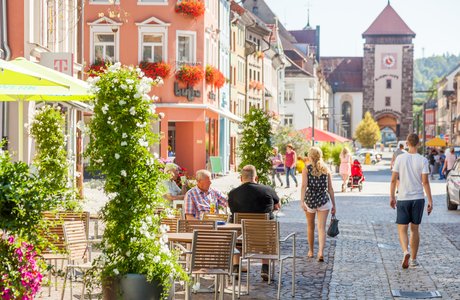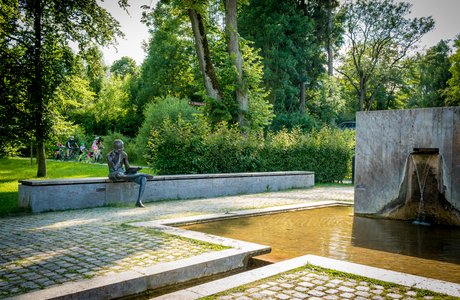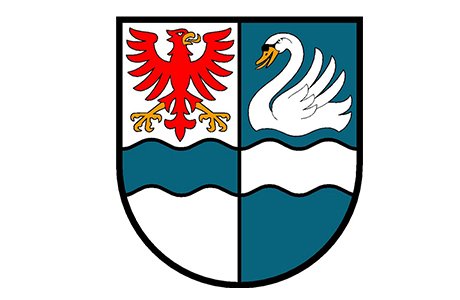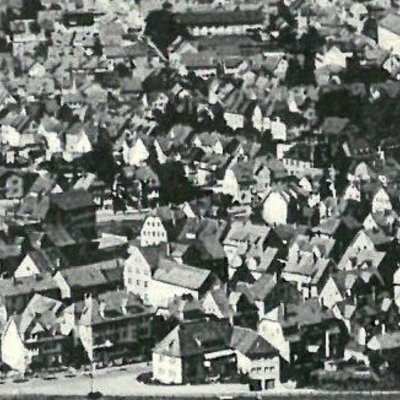
Historical
Villingen and Schwenningen record extremely interesting, independent city histories, which can be traced back for ages. The common city Villingen-Schwenningen was created with widespread agreement of the citizens on 1 January 1972 in today's form as a result of the administrative reform.
An overview of the history of Villingen and Schwenningen as well as the history of the common town Villingen-Schwenningen since 1972 can be found in the following time tables.
The coat of arms of the city of Villingen-Schwenningen
The city coat of arms was awarded to the city of Villingen-Schwenningen on December 11, 2001 by the Freiburg Regional Council. Already in its meeting on November 14, 2001 the municipal council decided to introduce a common coat of arms. From the numerous suggestions, a design was chosen which represents the two large city districts of 'Villingen' and 'Schwenningen'. In the 'working group city coat of arms' also many citizens had brought in their ideas.
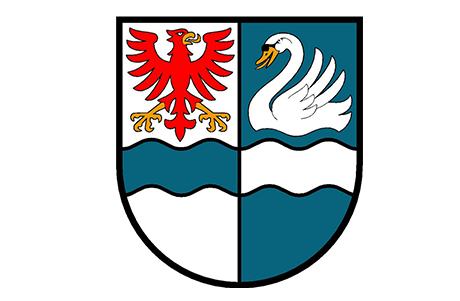
"In shield split by silver (white) and blue, a wave bar in confused colors, in the upper right field a left-turned, golden (yellow) armed red eagle, in the upper left field a swimming, silver (white) swan with golden (yellow) beak and with golden (yellow) tongue."
The description is from the sight of the hatchment holder (thus reversed).
Eagle and swan are the heraldic animals of the once independent towns of Villingen and Schwenningen, which merged to form a common town in 1972. Both city coats of arms contained the colors silver (white) and blue in the form that Villingen was split by silver and blue and Schwenningen was split by blue and silver. These traditions have gone into the coat of arms of the town of Villingen-Schwenningen.
The two-colored wavy beam is a further development of the half beam in the medieval Villingen coat of arms (before 1530). It symbolizes the Brigach as the source river of the Danube for the district of Villingen and the origin of the Neckar for Schwenningen. Thus this coat of arms represents the location of the common town on the European watershed.
The coat of arms is used exclusively in the representative field of the Lord Mayor of Villingen-Schwenningen as for example on official letters, documents or flags in the outside area. The use by third parties is prohibited.
From medieval market, coin and customs law to industrialization
The community of the city can look back on a long and traditional history. In the year 999, Emperor Otto III granted Villingen the right to hold markets, mint coins, and collect customs duties. After almost five hundred years of belonging to the House of Habsburg as a town in the former Austrian territories in Southwest Germany, Villingen became an official town in the Grand Duchy of Baden in the 19th century. At the same time, industrialization began, which from modest beginnings in the 20th century produced well-known companies.
Schwenningen, first mentioned in a document in 817, came to the House of Württemberg in 1444. By the end of the 19th century, Schwenningen already had a considerable industry with the main focus on clockmaking. In 1907, the then largest village in the Kingdom of Württemberg was granted city rights.
